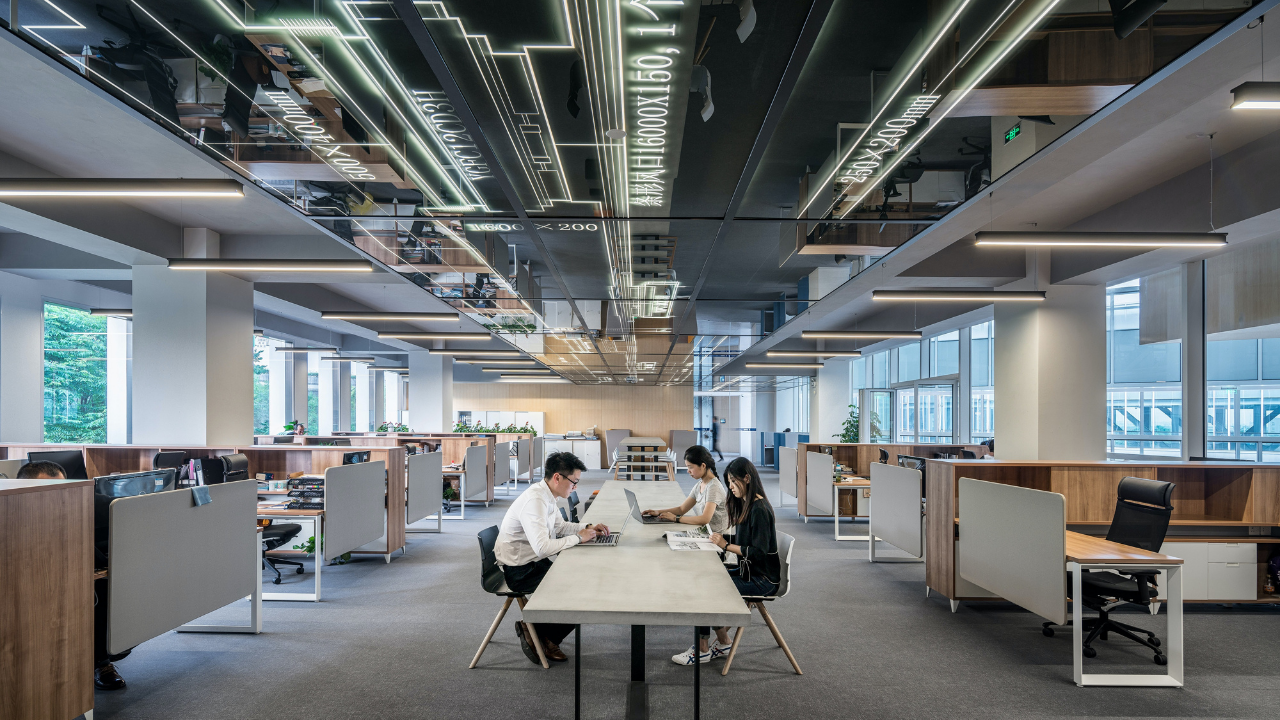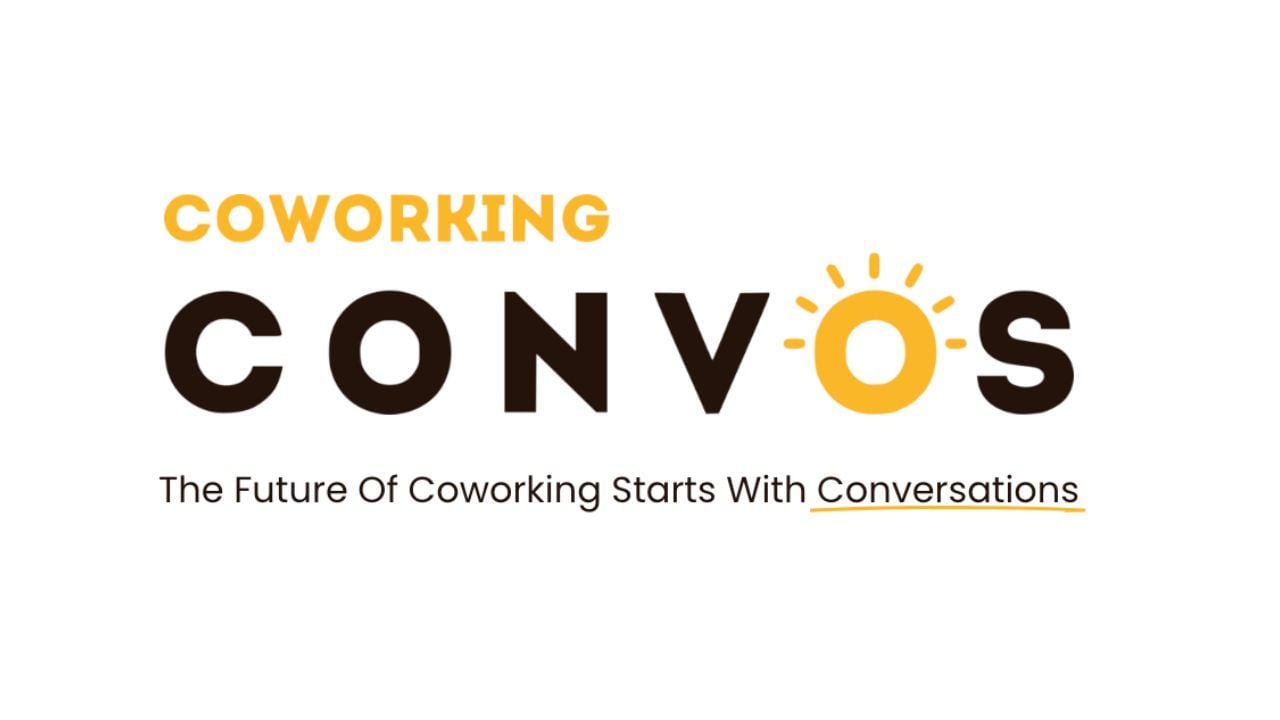The office market has been among the hardest hit industries due to the pandemic. While large technology tenants and other major service firms have paid rent throughout this time, small and medium-sized companies have seen increased rent defaults.
Additionally, for the time being, skyrocketing vacancy rates in the sublease market will continue to impact business for at least the first two or three quarters of 2021.
But what is the long-term impact? While some experts have proclaimed that the office will no longer be needed, this is unlikely.
Many employees have expressed wanting to come into the office at least a few times each week. This is why many companies are opting for generally smaller offices or a hub-and-spoke model.
The renewed approach to the office means the rebirth of cubicles and the fall of lavish amenities like on-site fitness facilities and cafeterias.
Companies will also need to be creative in their office approach in order for employees to come back in and feel safe doing so.
This will mean including modern air filtration systems to mitigate the risk of viral transmission, installing UV lights to kill bacteria, along with other necessary health and safety modifications.
Another change to the office leasing business will be leases themselves. Lease negotiations are expected to be more complicated and pricey as both tenants and occupants figure out how to allocate the risk and reward.

 Dr. Gleb Tsipursky – The Office Whisperer
Dr. Gleb Tsipursky – The Office Whisperer Cat Johnson – Coworking Marketing Maven
Cat Johnson – Coworking Marketing Maven Angela Howard – Culture Expert
Angela Howard – Culture Expert Drew Jones – Design & Innovation
Drew Jones – Design & Innovation Andrea Pirrotti-Dranchak – Competitive Advantage
Andrea Pirrotti-Dranchak – Competitive Advantage Jonathan Price – CRE & Flex Expert
Jonathan Price – CRE & Flex Expert Jeremy Fennema – Tech Innovation Alchemist
Jeremy Fennema – Tech Innovation Alchemist











